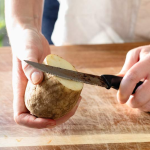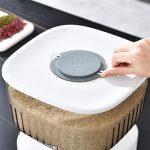What are Quilted Fabrics?
Quilted fabrics are textiles that feature a padded or layered construction. They combine layers of fabric and padding, stitched together in decorative patterns. These fabrics are known for their durability, warmth, and unique appearance. Quilted fabric is widely used in clothing, home decor, and even industrial applications due to its versatile characteristics.
The History and Evolution of Quilted Fabrics
Quilted fabric dates back thousands of years and spans many cultures. Early examples were seen in ancient Egypt and China, where fabrics were stitched for warmth and protection. By the Middle Ages, quilting gained popularity in Europe, used especially in clothing for knights. Over time, quilting transformed into a creative art form, with intricate designs and patterns becoming defining features. Today, technological advancements have introduced synthetic materials and modern techniques, expanding the uses and styles of quilted fabrics.
Key Characteristics of Quilted Fabrics
Quilted fabric is distinctly characterized by its layered structure and unique stitching patterns. Typically, a quilt consists of three layers: two outer fabric layers and a padded middle layer. The stitching plays a crucial role by holding these layers together while often incorporating decorative designs. This enhances the fabric’s appearance. Additionally, quilted fabrics are known for their warmth and durability. They provide excellent thermal insulation, making them ideal for various applications. Their versatility allows them to meet both functional and aesthetic needs across numerous industries, including fashion, home decor, and outdoor gear.
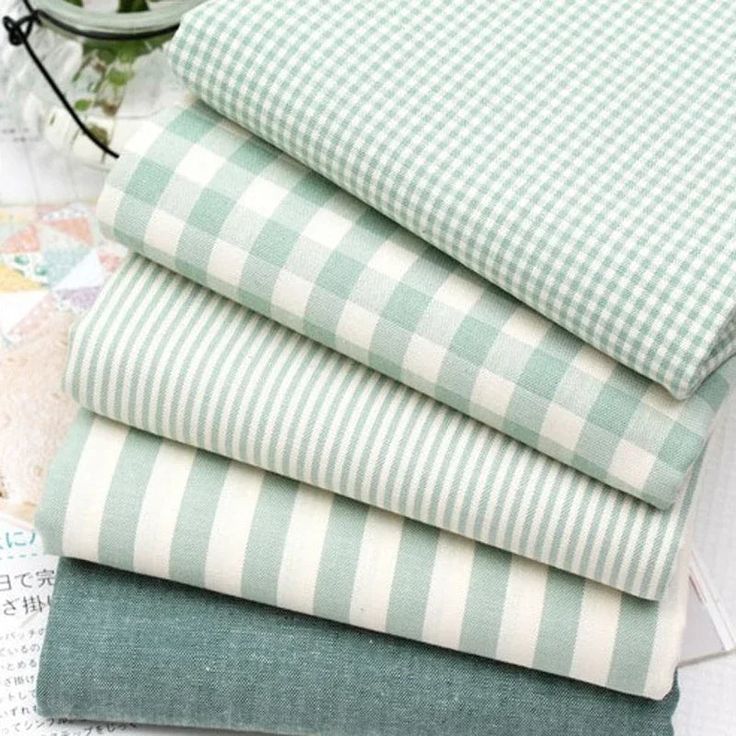
Types of Quilted Fabrics
Quilted fabrics come in various types, each suited to different needs and preferences. They are categorized mainly into traditional and modern varieties. Understanding these types can help you choose the right fabric for any project.
Traditional Quilted Fabrics
Craftsmen make traditional quilted fabrics from natural materials like cotton, wool, and silk. They craft them using hand-stitched or basic machine sewing techniques. These fabrics often feature intricate designs stemming from cultural traditions. Commonly, they are used in bedding, blankets, and heirloom quilts. Their texture is soft, providing comfort and a timeless aesthetic. Traditional quilted fabrics are valued for their craftsmanship and quality.
Synthetic and Modern Quilted Fabrics
Modern quilted fabrics often utilize synthetic materials like polyester and nylon. These fabrics are lightweight, durable, and easier to produce in bulk. Machine quilting is frequently used, allowing for precision and innovative patterns. Synthetic quilted fabrics are popular for their affordability and versatility. They are used in insulated clothing, home furnishings, and industrial applications. Modern manufacturing techniques have expanded the possibilities for creative designs and utility in these fabrics.
Common Uses for Quilting Fabrics
Quilted fabrics are versatile and serve a variety of purposes. Their layered design offers warmth, durability, and decorative appeal, making them essential across different industries.
Fashion and Apparel
Quilted fabric is popular in clothing, especially during colder months. Jackets, coats, and vests made from quilted fabric provide thermal insulation. Designers also use quilted patterns for purses, handbags, and even footwear. The fabric’s texture and durability give fashion items a stylish yet functional look.
Home Furnishings and Decor
Quilted fabric is widely used in home decor items like throws, quilts, and cushions. Its softness and intricate designs add comfort and charm to any space. Bedspreads commonly feature quilted patterns for both style and coziness. Wall hangings and table runners involve quilted designs to bring sophisticated aesthetics to interiors.
Industrial and Specialty Applications
Quilted fabrics fulfill specialized needs in various industries. They are used in automotive upholstery and protective gear. For instance, padded quilted fabric is used in insulation for machinery. Custom applications range from outdoor gear to soundproofing materials. Industrial quilted fabric fits both practical and technical requirements effectively.
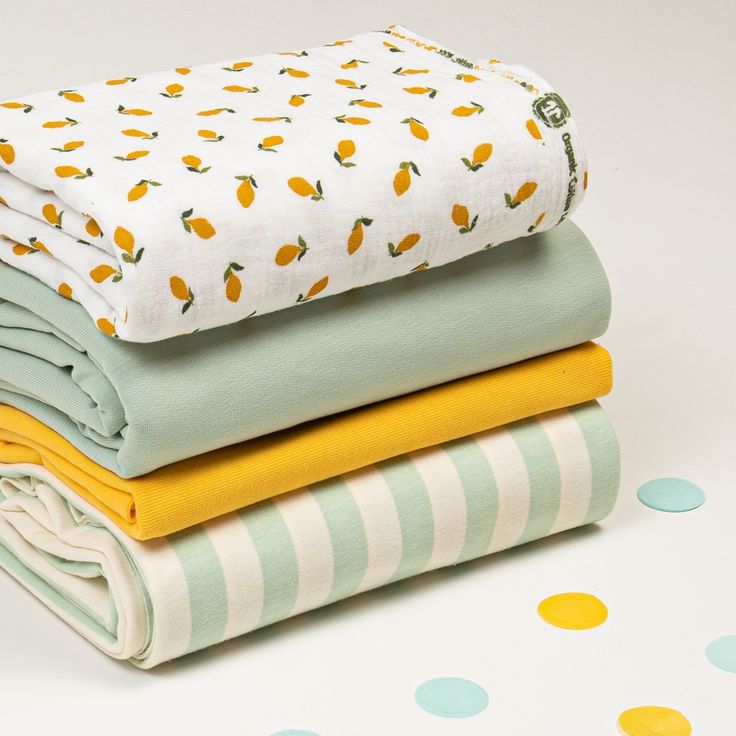
Techniques for Quilting Fabrics
Quilting fabrics requires specific methods that influence the final look and quality. These techniques range from traditional hand-sewn methods to advanced machine quilting tools. Understanding various quilting methods helps in selecting the right approach for your project.
Hand Quilting Methods
Hand quilting is the traditional way to stitch fabrics. It uses needle, thread, and a quilting hoop. This technique is prized for its craftsmanship and intricate designs. Hand quilting allows more detailed patterns and unique customizations. While it takes time and patience, it offers unmatched artistic value. Common stitches include running stitches and feather stitches. This method is ideal for heirloom quilts and smaller custom projects.
Machine Quilting Techniques
Machine quilting uses sewing machines for faster and more precise stitching. It is popular for modern quilted fabrics due to its efficiency. Machines can handle complex patterns like checkerboards or waves with ease. Free-motion quilting adds creative flexibility, letting you move the fabric in various directions. Machine quilting is ideal for large productions, saving both time and effort. It works well with synthetic fabrics and bulkier projects, such as industrial applications.
Popular Quilting Patterns
Quilting patterns define the aesthetic appeal of quilted fabrics. Popular designs include geometric shapes, floral motifs, and abstract patterns. Straight-line quilting creates a clean, minimalistic look. Patchwork designs use small fabric pieces for colorful, playful layouts. Trapunto quilting adds raised, dimensional designs for more texture. Patterns can reflect personal styles or cultural inspiration, adding artistic value to your project. Choosing the right pattern enhances the visual and functional appeal of the fabric.
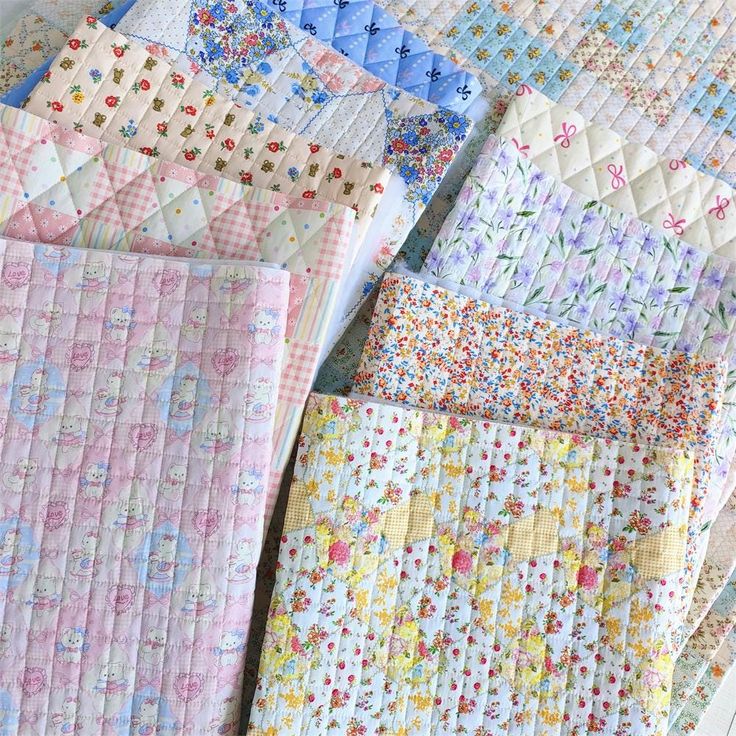
Caring for Quilted Fabrics
Proper care ensures quilted fabrics last longer and maintain their beauty. Regular maintenance prevents wear and tear. Follow these tips to keep your quilted items in excellent condition.
Washing and Maintenance Tips
- Check care labels: Always read the washing instructions on quilted fabrics.
- Use cold water: Wash quilts in cold water to prevent shrinking or fading.
- Choose gentle detergents: Opt for mild detergents to protect the fibers and stitched patterns.
- Delicate cycle: Set the washing machine to a gentle cycle.
- Spot cleaning: Clean small stains manually to avoid full washes.
- Avoid harsh chemicals: Do not use bleach or strong cleaning agents as they damage fabrics.
- Air dry: Air dry quilted items flat to prevent shrinking and maintain their shape.
- Iron with care: Use a low heat setting for ironing, avoiding the stitching lines.
Storage Guidelines
- Clean before storing: Always store clean quilted fabrics to avoid stains becoming permanent.
- Avoid plastic bags: Use breathable containers like cotton storage bags or pillowcases to prevent moisture buildup.
- Store flat: Lay quilts on a flat surface to avoid folding lines.
- Use acid-free tissue paper: Place it between folds to protect delicate areas from creases.
- Keep in cool, dry areas: Avoid hot or damp storage spaces to prevent mold and mildew.
- Rotate periodically: Re-fold stored quilted fabrics occasionally to stop permanent creases.
- Protect from sunlight: Keep quilted fabrics away from direct sunlight to avoid fading.
Choosing the Right Quilting Fabric for Your Project
Selecting the right quilted fabric ensures the success and quality of your project. With many options available, understanding key factors and comparisons is essential. This section will guide you through the decision-making process.
Factors to Consider
When choosing quilted fabric, assess your needs and project requirements carefully. Here are crucial factors to evaluate:
- Purpose of the Project: Determine if the fabric is for clothing, decor, or industrial use.
- Material Type: Choose between natural options like cotton or synthetics like polyester.
- Durability: Opt for sturdy fabrics for heavy-use items, such as jackets or upholstery.
- Thermal Insulation: Pick fabrics with better padding for warmth, especially for winter wear.
- Weight: Lightweight fabrics are ideal for garments, while heavier ones suit home furnishings.
- Breathability: Natural fabrics like cotton are more breathable, perfect for comfort.
- Design and Pattern: Look for quilted styles that match the aesthetic of your project.
- Budget: Compare costs to stay within your budget without compromising quality.
- Ease of Maintenance: Ensure the fabric requires manageable care.
Comparing Different Options
To make the best choice, compare various types of quilted fabrics:
- Traditional vs. Modern:
- Traditional fabrics, like cotton quilts, provide softness and classic appeal.
- Modern synthetic fabrics are durable, affordable, and often feature innovative designs.
- Handmade vs. Machine Quilted:
- Handmade fabrics offer unique, intricate detailing but are time-intensive to produce.
- Machine-quilted options are precise, efficient, and perfect for bulk productions.
- Padded Thickness Options:
- For lightweight projects, choose thinly padded fabrics.
- For added warmth or cushioning, go for thicker padding.
- Printed vs. Solid:
- Printed quilted fabrics create vivid, eye-catching designs.
- Solid fabrics provide a clean and minimalist appearance.
Carefully reviewing these factors and comparing available options will help you find the perfect quilted fabric for your project.
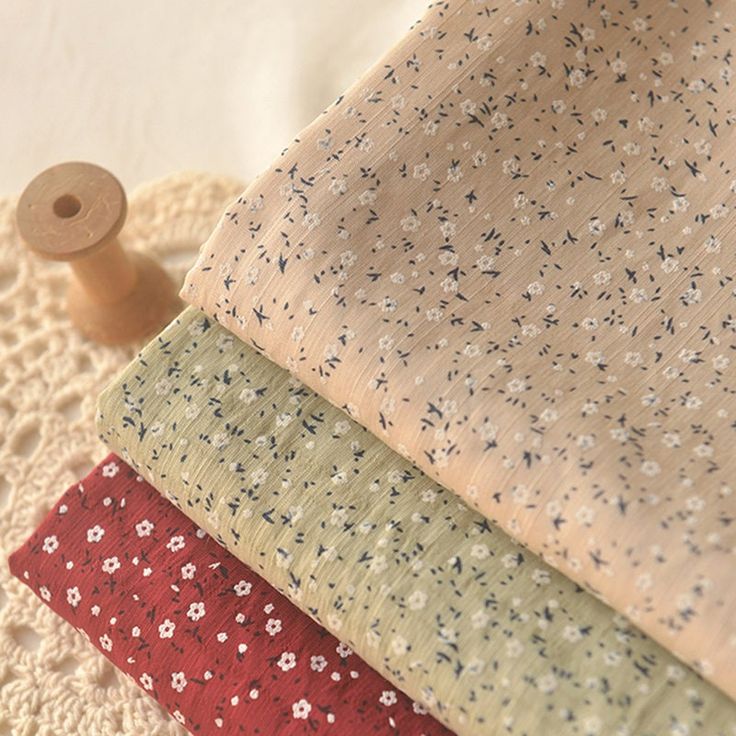
Where to Buy High-Quality Quilting Fabrics
Finding quality quilted fabric is essential for successful projects. Both online and offline options are available, catering to different preferences and needs. Below are reliable sources for purchasing quilted fabrics.
Online Fabric Stores
Online stores offer convenience and a vast selection of quilted fabrics. Many platforms provide detailed descriptions, making comparison easy. Here’s why online shopping is beneficial:
- Wide Range of Choices: Online stores have extensive collections, from traditional to modern quilted fabrics.
- Convenience: Shop anytime, anywhere, without visiting physical stores.
- Reviews and Ratings: Customer reviews help assess fabric quality and seller reliability.
- Custom Orders: Some platforms allow custom quilting requests for unique projects.
- Shipping Options: Many stores ship globally, broadening your access to fabrics.
Popular online stores for quilted fabrics include specialized fabric retailers, e-commerce giants, and quilting supply websites. Search for stores with positive reviews and return policies for peace of mind.
Local Shops and Markets
Local stores and markets allow you to feel and inspect fabrics directly, ensuring that you are satisfied with their quality. Shopping in-person also supports local businesses and contributes to your community’s economy. Here are some reasons why in-person shopping is a great choice for fabric selection:
- Hands-On Experience: You can inspect the texture, padding, and stitching of quilted fabrics to ensure they meet your specific needs. This hands-on experience allows you to make informed decisions before purchasing.
- Immediate Availability: Buying fabric locally means you can take it home immediately without waiting for shipping, which can often take several days or weeks.
- Tailored Assistance: Knowledgeable staff members can offer personalized recommendations and advice based on your project requirements, helping you find the perfect materials.
- Local Finds: Discover unique designs that may not be available online.
Visit fabric stores, craft shops, or local markets. Some boutique quilt stores offer workshops, enhancing your skills along with your purchases.
By exploring both online and local options, you’ll find high-quality quilted fabrics that suit your projects perfectly.
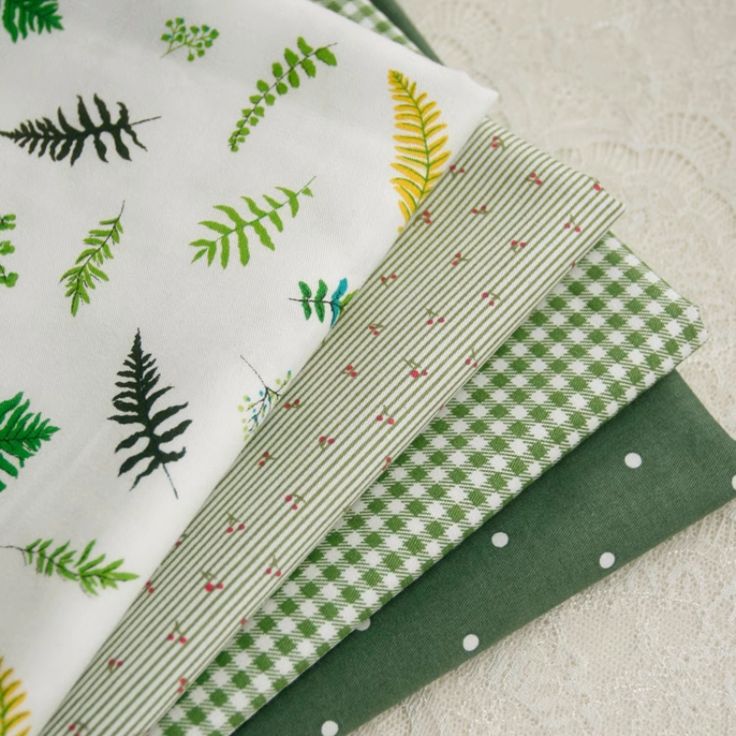
DIY Projects Using Quilting Fabrics
Quilted fabrics provide endless possibilities for unique and functional DIY projects. Whether you’re a beginner or an experienced crafter, this versatile textile allows you to express your creativity. Below are ideas tailored to different skill levels.
Creative Ideas for Beginners
Beginners can start with simple projects that are easy to handle and rewarding. Quilted fabric adds texture and charm to these beginner-friendly creations.
- Pillow Covers: Design cozy quilted pillow covers with basic straight-line stitching. Use bright patterns for added flair.
- Table Mats: Sew quilted table mats for dining tables. They are simple and add an elegant touch.
- Tote Bags: Create sturdy quilted tote bags with basic shapes. Add pockets for functionality.
- Wall Art: Experiment with small quilted pieces as decorative wall hangings. Use patchwork for color variety.
- Coasters: Make quick quilted coasters to protect surfaces. Small projects are great for practice.
- Baby Blankets: Craft quilted baby blankets with soft materials. Focus on simple patterns like squares.
These projects are ideal for honing your skills while producing charming, useful items.
Advanced Quilting Projects
Advanced projects challenge your craftsmanship and allow for intricate designs. Quilted fabrics enhance the beauty and utility of these complex creations.
- Bespoke Quilts: Create heirloom-quality quilts with detailed stitching and varied patterns. Use premium fabrics for durability.
- Quilted Jackets: Design tailored quilted jackets with custom patterns or layered insulation for colder climates.
- Seat Cushions: Make quilted seat cushions for added comfort and aesthetic appeal. Incorporate raised designs for style.
- Fashion Accessories: Sew quilted handbags, pouches, or wallets with intricate stitching. Match fabric to outfit themes.
- Home Decor Items: Craft quilted ottoman covers or sofa throws. Play with large, bold patterns for impact.
- Wearable Art: Create artistic quilted skirts or dresses showcasing elaborate designs and texture combinations.
Advanced projects require specialized sewing skills and precision but result in stunning, professional-quality items.
Dive into these projects to explore the true creative potential of quilted fabrics, whether you are starting out or refining expert techniques.
